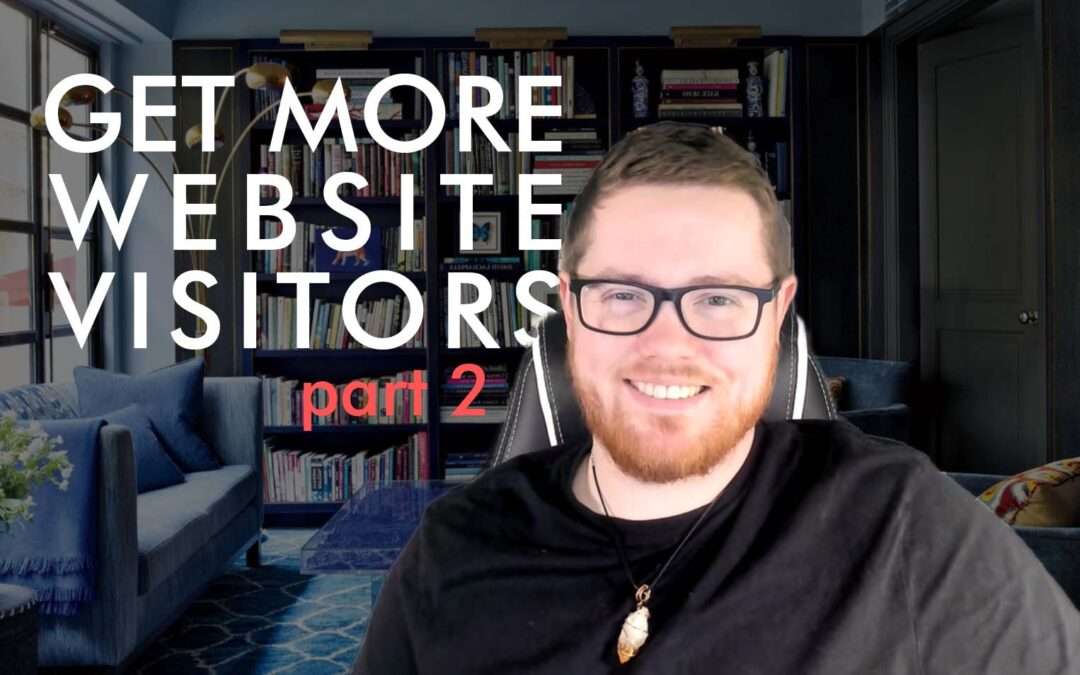1. What are marketing personas?
A marketing persona is a composite sketch of a critical segment of your target audience. It fleshes out the basic demographics with deeper information about consumers’ values, attitudes, Sphere of Influence, and media behaviours.
Instead of marketing to EVERYONE, EVERYWHERE, ALL AT ONCE.
You should segment your audience and create personas for as many different customer types as makes sense for your business.
2. Why create marketing personas?
Creating marketing personas helps you focus your marketing message and connect with your target audience on a more personal level. By understanding the motivations, needs, and behaviour patterns of your persona, you can create targeted content that resonates more deeply and drives results.
Example
Let’s say you own a local Deli, and you see many customers are from the building trade. Well, instead of creating content or ads targeting people who like food (everyone). Try instead something like – “Refuel your body while you recharge your power tools – Builders lunch time special.”
Then your target audience for that post will connect on a much more personal level and will be much more likely to choose you over your competitors.
Think – If you were a fisherman, fishing for Tuna. Then you’d use the best bait and techniques for catching Tuna. This would probably be different than if you went fishing for Salmon. Both are fish, but both have very different habits and lifestyles.
3. How to create marketing personas
There are a few key steps to creating an effective marketing persona:
Step 1: Define your target audience
The first step is to identify your target audience. Ask yourself who you are trying to reach with your marketing message.
If you are a local business, consider targeting people who live in your city or town. If you sell products or services online, you may want to target a specific demographic or psychographic group.
Don’t be afraid to get very targeted. You can create as many different personas as you like. The key at this stage is to be precise.
If you are already in business, you can even look at who your previous customers have been and take some inspiration from this.
Step 2: Research your target audience
Once you have identified your target audience, it’s time to do some research. There are many ways to gather information about your target audience, including surveys, interviews, and focus groups, like we discussed in the previous video.
Most of the world puts their entire lives on display these days through social media posts, so go and have a look at what they are posting about, where they like to post, and what hobbies they have.
You may find that there are groups of customers who are interested in similar things, and you can use this to your advantage.
Step 3: Create your persona
Now that you have gathered all of your information, it’s time to create your persona. Start by giving your persona a name and a demographic profile.
Then, add in information about their motivations, needs, and behaviour patterns.
Make sure to give your persona a face by adding a photo. And finally, write up a brief description of your persona.
Here’s an example:
Name: Sarah Smith
Demographic Profile: Sarah is a 25-year-old woman who lives in London.
Motivations: Sarah is health-conscious and is always looking for new ways to improve her lifestyle. She is also very price-sensitive and is always on the lookout for great deals.
Needs: Sarah needs products that are good for her health, and that won’t break the bank.
Behaviour Patterns: Sarah is an avid social media user and loves to share her experiences with her friends and followers. She is also a very loyal customer and tends to stick with the brands she knows and trusts.
From this information, if we go back to the Deli example from earlier – You may decide to run a campaign along the lines of “Healthy and hip-friendly lunchtime options for busy professionals – Share with your friends for 10% off“.
4. Take action
Now that you have your persona, it’s time to put them to use.
Use your persona to help guide all of your marketing decisions moving forward. When you are creating content, ask yourself – “What would Sarah Smith want to see?”
Use your persona to inform your social media strategy, your email marketing campaigns, and the way you design your website.
If you keep your persona in mind with every decision you make, you will be sure to connect with them on a deeper level and achieve better results.
“If you cast too wide a net, you will either catch no fish, or you will catch a shark” – Neither of which is what you went fishing for that day.
